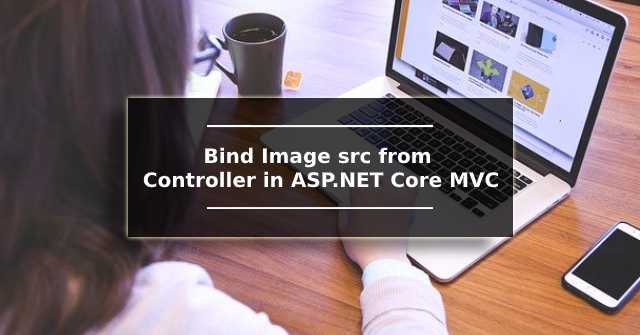Response Caching Middleware Configuration in ASP.NET Core

In this article we are going to see how to configure response caching middleware in ASP.NET Core. The response cache helps to reduce the number of requests for the web server. This is because, when using the response cache on the ASP.NET Core, it receives data from the cache instead of the web server. The response cache attribute [response cache] determines when the response cache should be saved and how long the response cache should be stored. When you first send a request from the client browser, it sends the request to the proxy server, and then it sends the request to the web server. The web server responds to the proxy server with a cache header. The proxy server sends the request to the client browser. For the next subsequent request from the client browser the proxy server will provide the response as long as the cache lifetime. Let us see a small example of the response cache middleware configuration. You must first add response cache middleware to the service collection to u...



